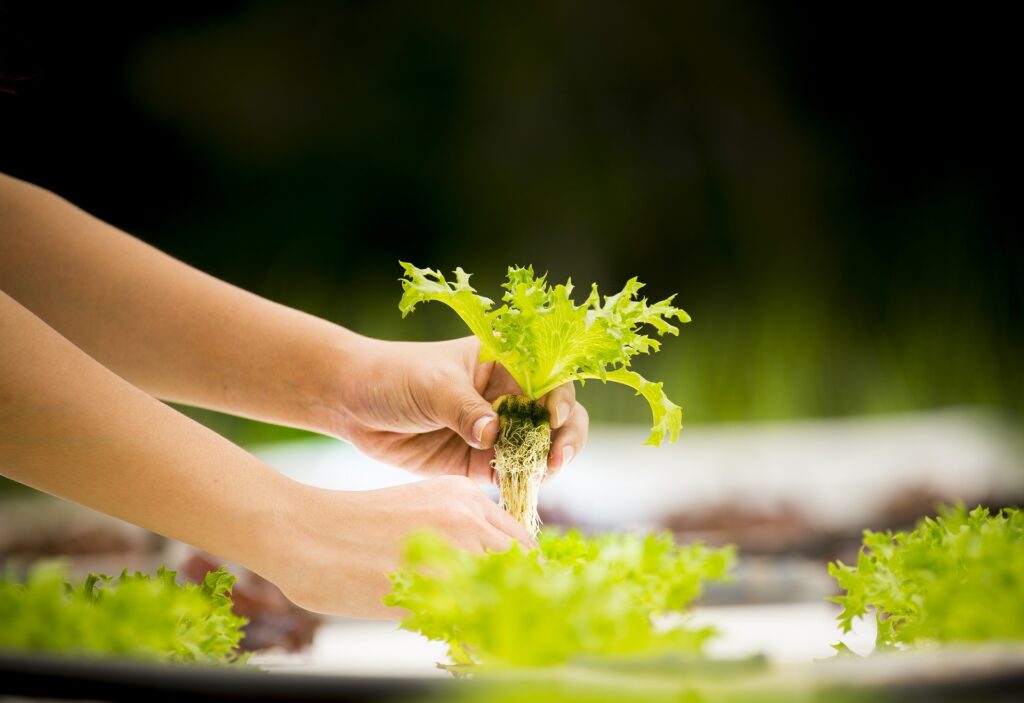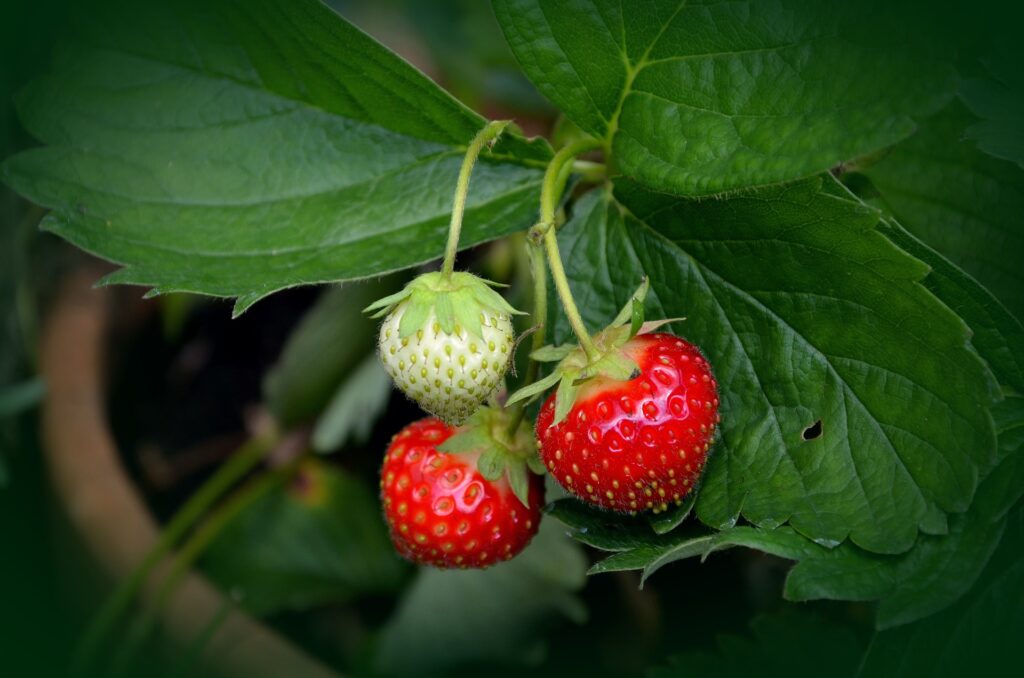Deciding what crops to grow can make or break a small farm. If you choose the wrong crop, you might find that you’re barely scraping by. However, choose the right crop, and you could be raking in money hand over fist at your local markets.
Unlike commonly grown crops such as grains and vegetables, niche crops are generally not developed and result in higher profits for producers. It is not uncommon to find farmers earning up to $60,000 per acre of land with these unique cash crops.
The best part is that the majority of them can be developed without working all day. If you can only save a few hours seven days and two or three hundred dollars for seeds or plants and supplies, you can become one of these profitable plants. Here are ten crops worth growing for small farms.
Lavender
Growing lavender can offer greater benefits than expected for small growers because it is such a flexible crop. These flowers are sold in groups or used for lavender oil. The flowers are also simple to dry, for flower sellers and artisans to make wreaths and decorative patterns. Lavender is also used to enhance items included; for example, sachets, perfume-based treatment items, and items for healthy skin.
Gourmet Mushrooms
Mushrooms are the perfect crop for small farms, as they are grown indoors and produce an exceptional yield per square foot. The two most common gourmet mushrooms are oyster and shiitake, which are available new or dried in many supermarkets. Oyster mushrooms are particularly lucrative and can create up to 25 pounds per square foot of farm area. At the current rate of $ 7 a pound, that’s $ 17,500 grown in a 10 x 10 space. Although Oysters and Shiitakes can be dried, most are sold fresh, which is even easier.
Ornamental Plants
These plants are often woody stem varieties and are trees or bushes whose branches are collected and sold to florists or crafters. They are commonly used for wreaths, floral arrangements, centerpieces, and other decorative goods.
Unlike annual plants like vegetables, these plants can be picked over and over again for a considerable length of time, and will bring you income all year round with various species ready to harvest in each of the four seasons.
Landscaping trees and bushes
The trees and bushes used for landscaping are a strong, fully productive crop for small growers, as the overall market is huge, and countless plants can be grown in a small area. For example, 1,500 two-gallon trimmed trees or shrubs can be grown on as little as 1,000 square feet. The best-known seedlings for trees and shrubs are available from low-cost cultivators for around a dollar each. Include another fifty cents for a plastic pot and soil, wait two years, and you have a $ 15 plant.
Willows
Flower specialists use willow stems for arrangements and wreaths, and artisans use them for basketry and other purposes such as garden trellises and natural willow furniture. An ongoing report from the University of Kentucky found that growers could harvest 4 to 5 tonnes of willow shoots per acre of land, with bushels earning $ 7 a pound. This equates to $ 56,000 per acre.
Garlic
There are 3 kinds of gourmet garlic, also called hard neck garlic, that would be desirable for small farmers. These crops can command up to $10 per pound, including the enormous elephant garlic, which can fetch $6-8 per pound.
Bamboo
Bamboo can be used for almost everything. It’s technically a grass, which makes it fast growing and easy to cultivate, but it can be used the same as wood for nearly any product. Bamboo can reach 75 feet high, and it’s almost impossible to kill. If you can find a market, then bamboo is a quick growing, and useful crop that could make you some cash.
Herbs
More more people are demanding fresh herbs. That’s good news for small farmers, as many of these plants have high price tags! You can sell them dried, or you can even make more money by selling starter plants so that people can start their own kitchen garden and benefit from fresh herbs.

Tanya, both a nurturing stay-at-home mom and a skilled crafter, is the creative force behind our blog. As the co-founder of Romney Ridge Farms & Crafts, she’s the editor and curator. She also runs the Romney Ridge Farms & Crafts social media accounts where we post new patterns for you to enjoy.



